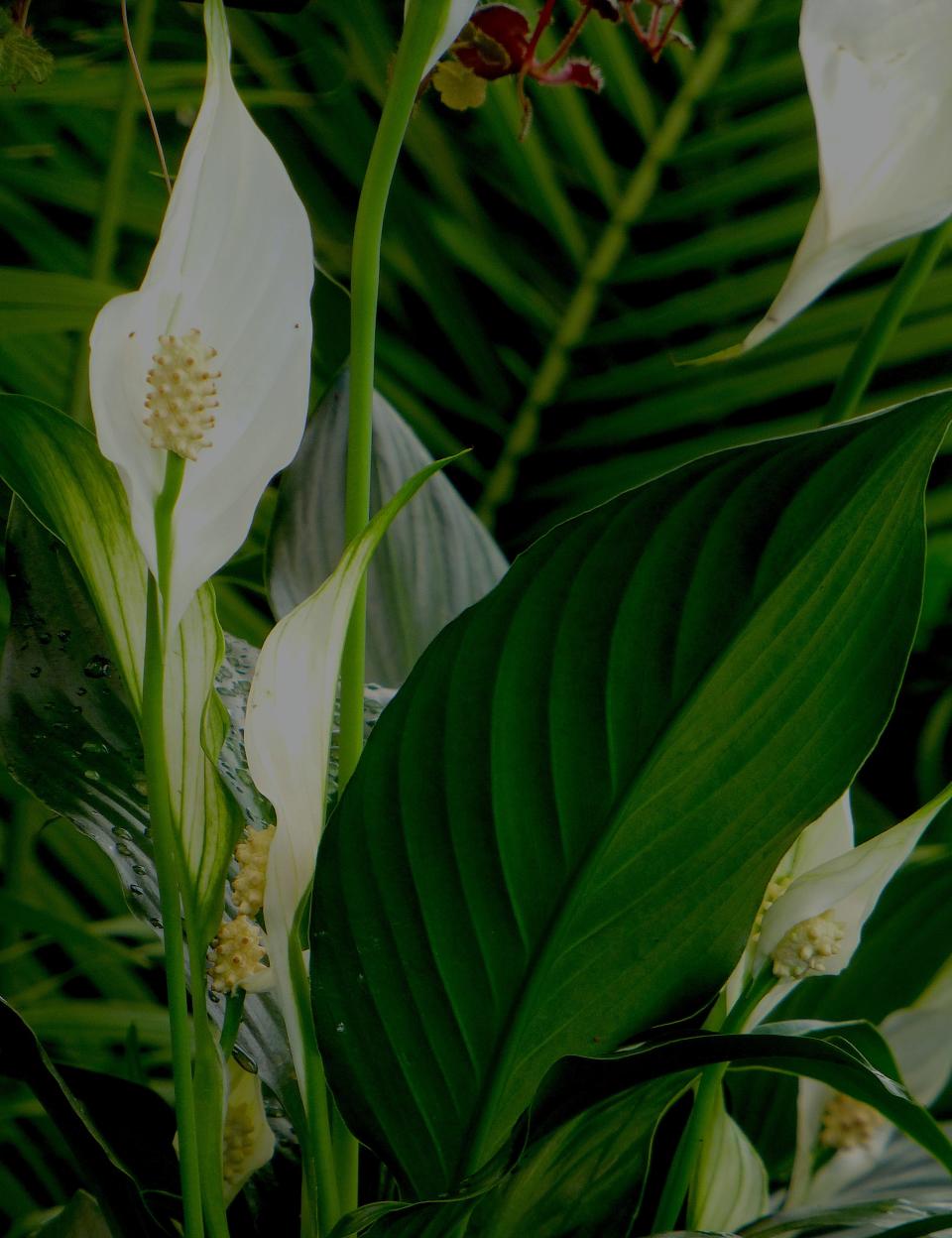Gardening for You: Houseplants are healthy for humans
Houseplants help us adjust attention from the dreary outside with its cold weather, brown grass and bare trees to something inside that is vibrant, living and green. Having something living and green around us certainly lifts our moods yet living green plants in a room also have health benefits for our bodies.

Houseplants were featured in the Weekend Exclusive insert of the Lubbock AJ’s Jan. 14 weekend edition. In the Health section was a short discussion of positive health benefits of plants, mainly plants filter toxins and carbon out of the air and freshen the air by removing unwanted odors.
Similarly, WebMD (webmd.com) recently listed several benefits that come to humans from plants. Two of those benefits are allergy relief and air purification. In today’s column we will explore how these can come about.
Let’s start with allergy relief. Dust and mold are two of the biggest airborne allergens. Tiny dust motes and fungal spores float freely in the air until they settle on tables, floors, rugs, and anything solid. Foliage of plants can act as natural filters to catch allergens and other airborne particles.
Air purging can happen because plants are incredible micro-factories.
Cleansing ambient air from airborne particles may occur as plants photosynthesize: carbon dioxide in the ambient air moves into leaves through thousands of microscopic holes called stomata. Once carbon dioxide is internalized into cells of the leaves, reactions are initiated, carbon dioxide molecules are split, the by-products react with water to manufacture carbohydrates, and oxygen is released. Microscopic particles may be taken into the leaves at the same time carbon dioxide enters the leaf, thereby purging the air of allergenic particles.

Now, about air purification.
Along with tiny dust motes in the air are volatile organic compounds. VOCs are molecules, compounds, that are volatile, meaning they easily volatize by becoming gaseous at room temperature; organic means they contain carbon atoms. There are thousands of VOCs; not all are harmful to humans, some are quite pleasant, such as fragrances emitted by flowers.
VOCs that may be harmful to humans when released into the atmosphere come from everyday items like carpeting, plastics, fingernail polish, cleaning products and more. Concentrations of VOCs increase during winter months since homes are tightly shut to prevent warm air leaking out and cold air leaking in.
The photosynthetic pathway described above facilitates the purifying of air. NASA scientists have studied ways to scrub the air from VOC buildup on long-term space missions by maximizing fresh air and replenishing the oxygen in the cabin (spinoff.nasa.gov). In their experiments, Peace Lily was one of several plants that successfully scrubbed the air of harmful VOCs.
Peace Lily (Spathiphyllum sp.) is reported to cleanse air of the common harmful household VOCS alcohols, acetone, and formaldehyde. The Peace Lily is a tropical plant that thrives in an environment with low light and average room temperature, making it an attractive possibility for a healthy, winter-time houseplant.
Ellen Peffley taught horticulture at the college level for 28 years, 25 of those at Texas Tech, during which time she developed two onion varieties. She is now the sole proprietor of From the Garden, a market garden farmette. You can email her at gardens@suddenlink.net
This article originally appeared on Lubbock Avalanche-Journal: Gardening for You: Houseplants are healthy for humans

